Sinuyangdon (신우양돈)
2.9Km 2021-03-18
19-8, Daemyeong-gil, Jongno-gu, Seoul
+82-2-747-3779
Spicy beef ribs are also available. The best menu at this restaurant is spicy grilled spareribs. This is a Korean cuisine located in Daehak-ro, Seoul.
Hwang Seonsaeng (황선생)
2.9Km 2021-03-18
19-2, Daemyeong-gil, Jongno-gu, Seoul
+82-2-744-3301
This is a Asian restaurant located in Daehak-ro, Seoul. Try a variety of Thai dishes. The best menu at this restaurant is pad Thai.
Welcome Daehakro (웰컴대학로)
2.9Km 2024-10-08
104 Daehak-ro, Jongno-gu, Seoul
+82-2-743-5220
Welcome Daehakro is a festival devoted to celebrating various types of performances including non-verbal, traditional, musical, plays, and more. Started in 2017, the festival attracts visitors from around the world every fall.
CheongKwanJang - Ewha Womans Univ. Station Branch [Tax Refund Shop] (정관장 이대역)
2.9Km 2024-04-22
1F, 173, Sinchon-ro, Seodaemun-gu, Seoul
-
Artbox - Daehangno Branch [Tax Refund Shop] (아트박스 대학로)
2.9Km 2024-04-22
22, Daemyeong-gil, Jongno-gu, Seoul
-
CheongKwanJang - Edae Branch (정관장 홍삼-이대점)
2.9Km 2020-04-09
173, Sinchon-ro, Seodaemun-gu, Seoul
+82-2-312-3304
CheongKwanJang (Edae Branch) exclusively deals with products by Korea Ginseng Corporation. It is the only CheongKwanJang store in Sinchon. CheongKwanJang is a Goryeo hongsam (red ginseng) brand that uses only high quality six-year-old ginseng roots.
Marronnier Park (마로니에공원)
2.9Km 2021-07-14
104, Daehak-ro, Jongno-gu, Seoul
+82-2-2148-4158
Marronnier Park was given its name due to the marronnier trees, or horse chestnut trees, growing within the area. The location where Seoul National University's College of Liberal Arts & Science and School of Law once stood, it is now a park dedicated to culture and arts open to the public. In addition to a variety of outdoor performances that take place throughout the area, exhibitions and cultural centers create a romantic atmosphere unique to the park.
PORKLAND (포크랜드)
2.9Km 2021-03-30
258-10, Changgyeonggung-ro, Jongno-gu, Seoul
+82-2-745-7878
It is a place that not only office workers but also college students often visit. The best menu at this restaurant is spicy pork shoulder shabu-shabu. This Korean dishes restaurant is located in Jongno-gu, Seoul.
Hakrim (학림)
2.9Km 2023-12-22
119, Daehak-ro, Jongno-gu, Seoul
+82-2-742-2877
Hakrim has been in business since its first opening in 1956. It is a special place that has shared its history with the people involved in arts such as theater and dance and intellectuals from nearby universities who flocked to the café after liberation and the Korean War. There is a sign saying “Seoul Future Heritage” hanging at the entrance that demonstrates its historical value. Visitors can observe traces of the past from mementos of people who stopped by, including graffiti on the wall and photos of prominent writers of the time. The café became even more famous as it was used as a filming location for several dramas, including “My Love from the Star (2013)” and “Reply 1988 (2015).” The signature menu here is Vienna coffee and cream cheesecake, which is topped with cute illustrations.
Seoul Hyochang Park (서울 효창공원)
2.9Km 2024-07-09
177-18 Hyochangwon-ro, Yongsan-gu, Seoul
+82-2-2199-7608
Hyochang Park covers 122,245 square meters spanning across Hyochang-dong and Cheongpa 2-dong. It is a historic landmark that once contained several royal tombs, and was known at that time as Hyochangwon. The cemeteries that were originally located in Hyochangwon belonged to Crown Prince Munhyo, King Jeongjo’s first son who died at the age of five; Royal Noble Consort Uibin of the Seong Clan, King Jeongjo’s royal concubine and Crown Prince Munhyo’s mother; Royal Noble Consort Sugui of the Park Clan, King Sunjo’s royal concubine; and her daughter Princess Yeongon. The royal tombs were moved to Seooreung Tombs in the waning months of the Japanese colonial period. The Japanese empire began the development of Hyochangwon into a park in 1924, and the Japanese governor-general officially assigned the site as a park in 1940.
Presently, several of Korea’s greatest leaders are buried in Hyochang Park. The remains mostly belong to independence activists including Yoon Bong-gil, Lee Bong-chang, and Baek Jeong-gi, whose graves are collectively known as Samuisa Tomb. A statue of Lee Bong-chang has been built in the graveyard. Among the other patriotic martyrs who are interred in the park are Kim Gu and some of the key figures of the provisional government such as Lee Dong-nyeong, Cha I-seok, and Cho Seong-hwan. An ancestral shrine named Uiyeolsa has been built along the main gate and holds the portraits of the deceased independence activists.
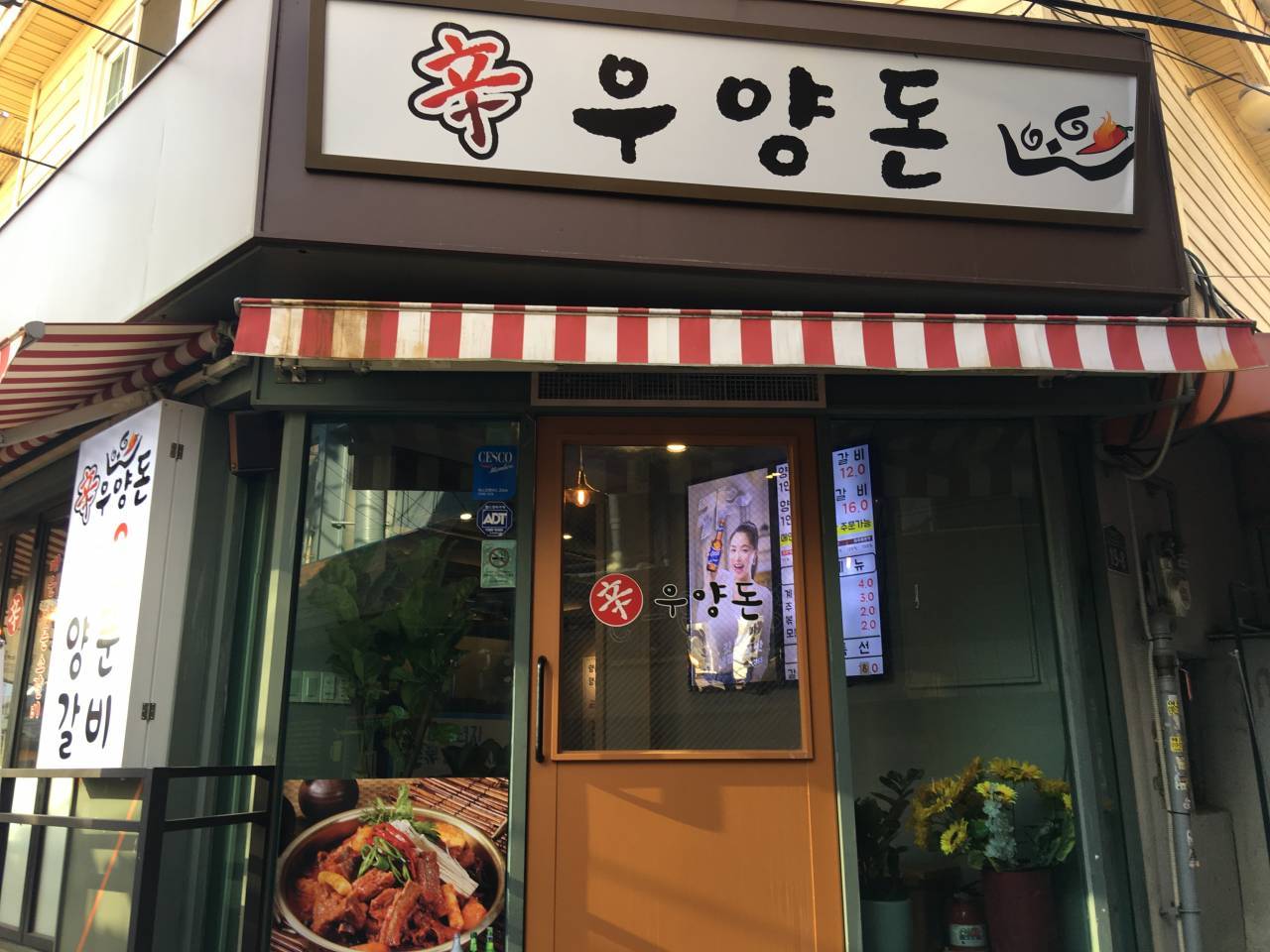

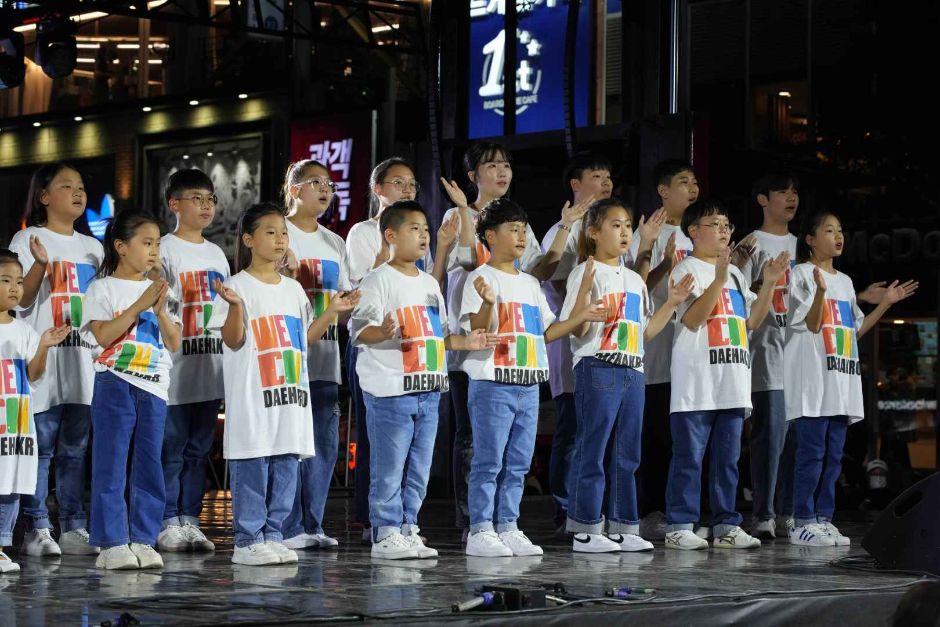

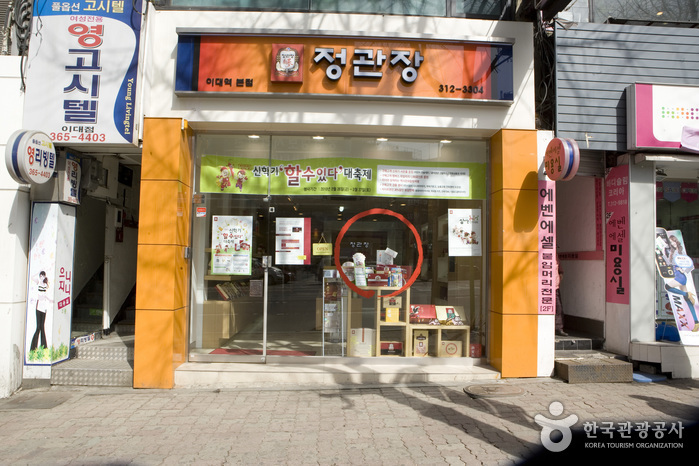
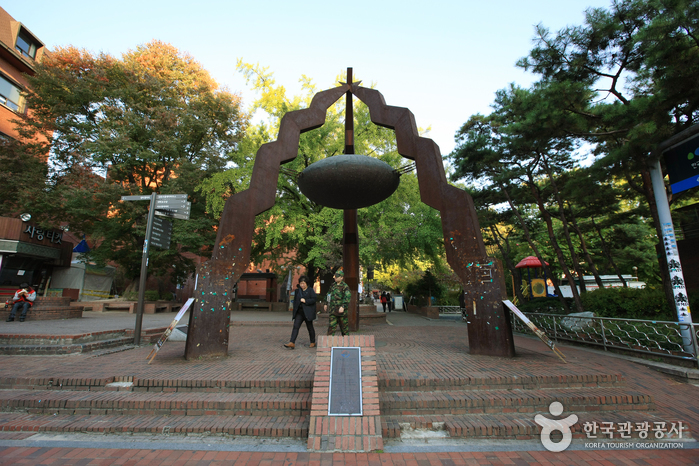
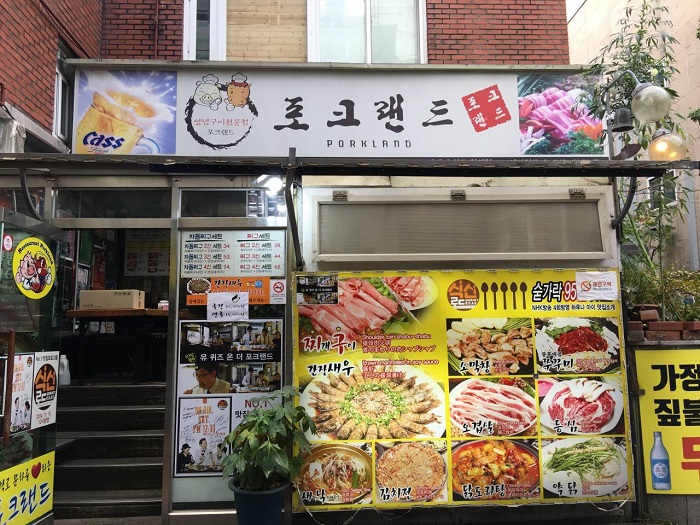
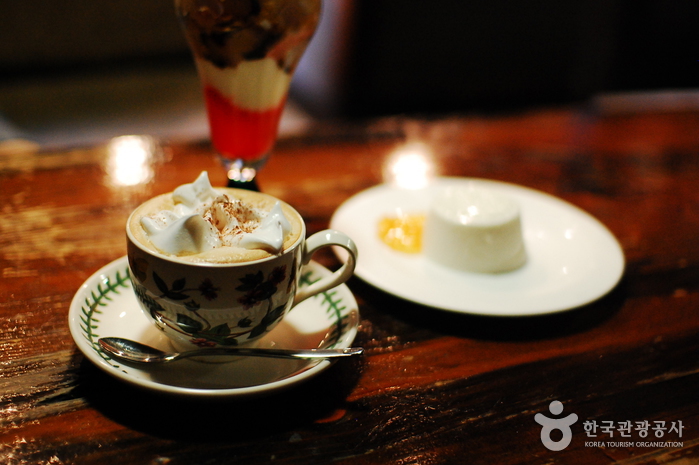
 English
English
 한국어
한국어 日本語
日本語 中文(简体)
中文(简体) Deutsch
Deutsch Français
Français Español
Español Русский
Русский